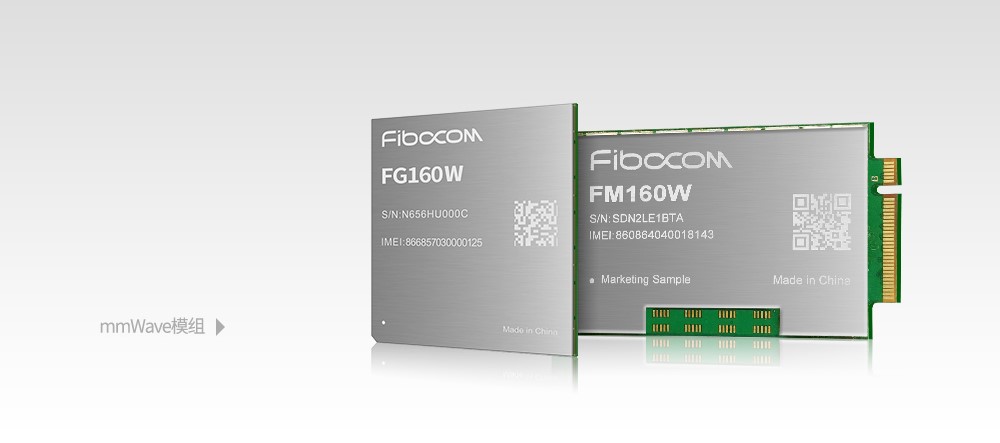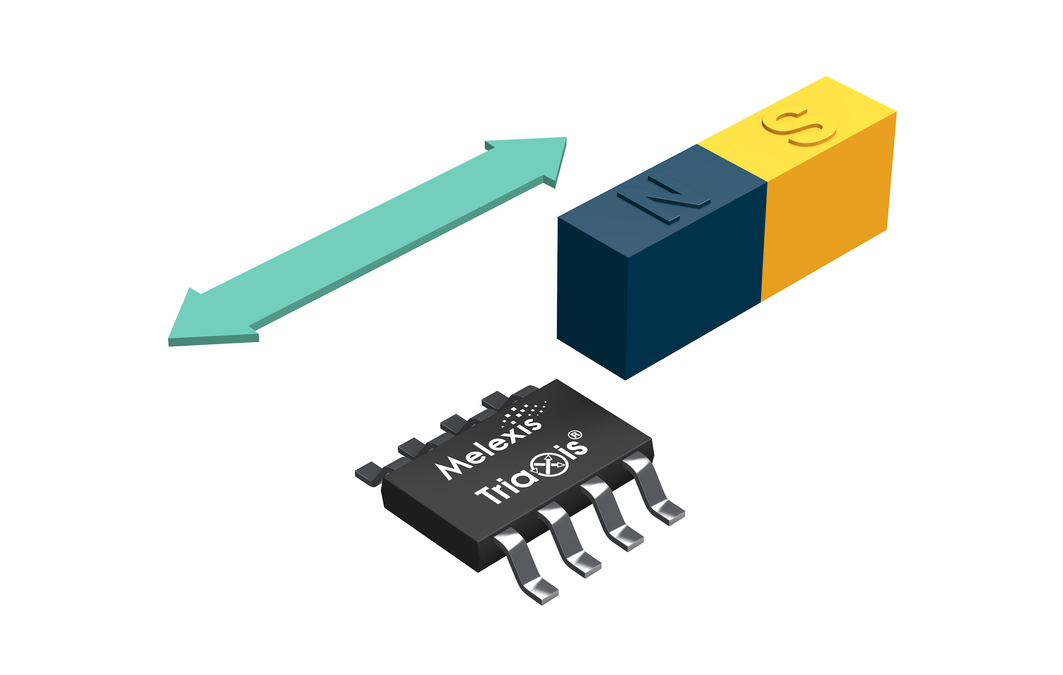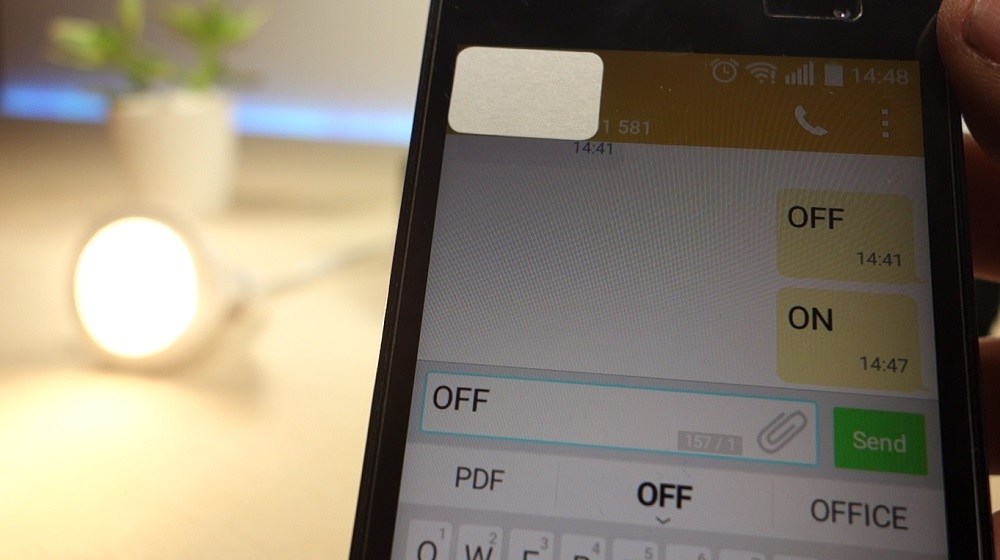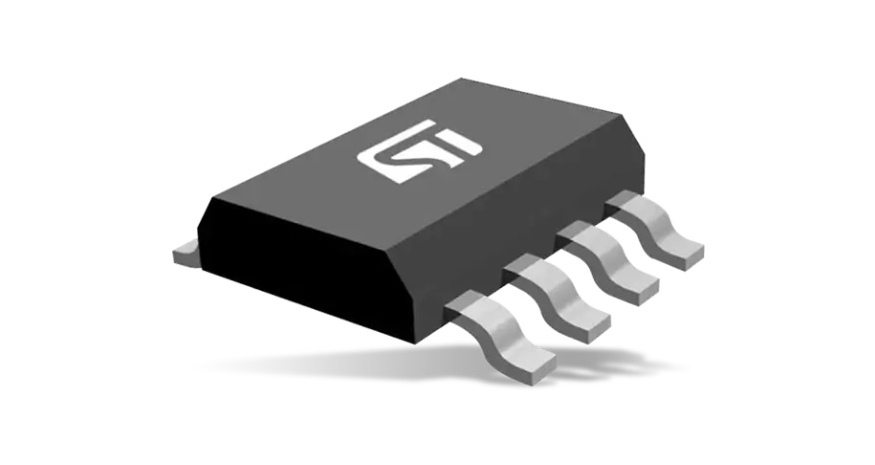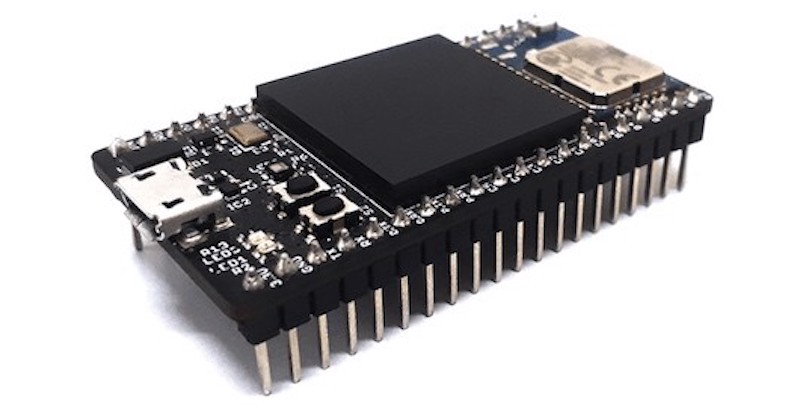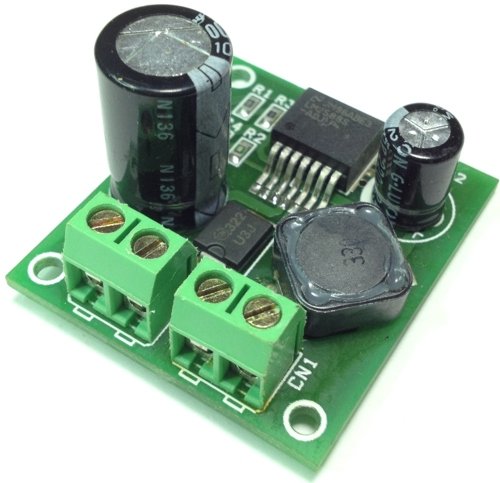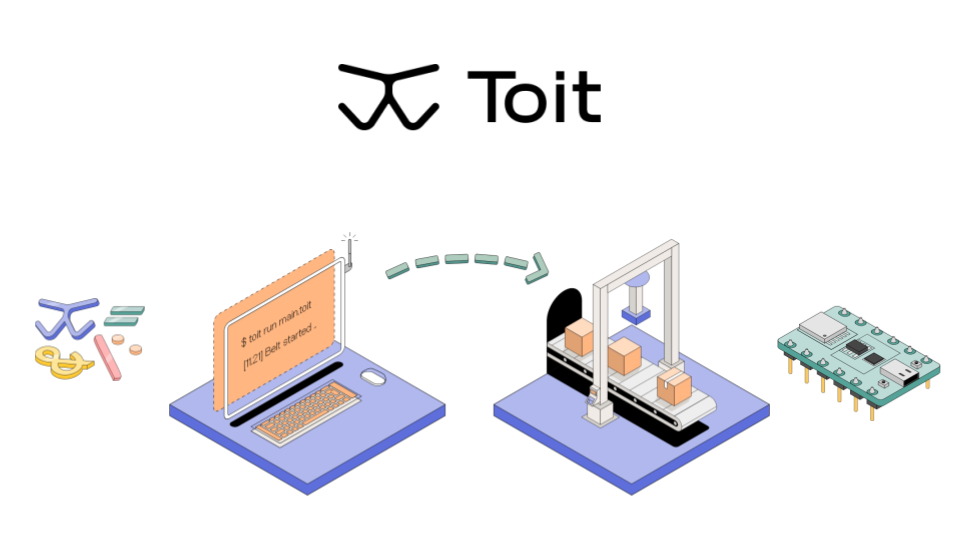
What is 5G mmWave
The millimeter wave (MM wave), also known as the millimeter band, is a spectrum band with wavelength ranging from 30 GHz to 300 GHz, which the International Telecommunication Union also refers to as the extremely high frequency (EHF) band. According to 3GPP, 5G NR (New Radio) mainly uses two frequency bands: FR1, also called the sub-6GHz frequency band, and FR2, which is mmWave. 5G can have several times or even dozens of times the network speed of 4G LTE thanks to the utilization of mmWave.
Advantages of 5G mmWave
You might ask why 5G needs mmWave and why mmWave means higher network speed rate. There are two fundamental reasons: High bandwidth, and abundant spectrum resources.
- High bandwidth
Compared with sub-6GHz, the millimeter wave frequency band can provide higher bandwidth. The wider the bandwidth, the higher speed rate that can be supported. Take trucking as an example. The transmission of data is like the transportation of goods between two stations. The goods on the truck are the data that needs to be transmitted. The road between the starting point and the ending point is the electromagnetic wave we use.
In order to quickly deliver all the goods to the other end, we can increase the lanes to increase the number of trucks that can travel at one time, which is to increase the bandwidth. The more lanes, the more trucks can drive through in a unit time. In other words, the higher the bandwidth, the more data can be received in a unit time, which is undoubtedly a faster network speed as well as low latency.
- Rich resources
As the wireless communication technology developing from generation 1 to generation 5, the frequency of electromagnetic wave they used is getting higher and higher. The sub-6GHz frequency band is already very crowded, with plenty of wireless communication services interfering with each other. The available spectrum resources below 6GHz are increasingly scarce. Therefore, in order to have a higher network speed, 5g must explore more frequency resources.
The spectrum resource of mmWave, conversely, is very rich, and thus the frequency band that can be allocated to the operators is extremely broad. The higher the frequency, the richer the spectrum resources that can be used. The richer the spectrum resources, the faster the transfer rate that can be achieved. That is how ultra-fast, ultra-high capacity 5G network takes advantage of mmWave.
5G mmWave in IoT Applications
So what are the scenarios that are perfect for 5G mmWave? Based on the fact that 5G mmWave enabled high bandwidth, high transmission speed and low latency, it is useful for applications such as ultra-high-definition video, live streaming, real-time surveillance camera and AR/VR for enhanced online gaming experiences. The higher bandwidths may improve sensor resolution and reduce latency. Besides, the antennas of mmWave devices are smaller than those of other frequencies, making them more suitable for small IoT devices.
Furthermore, in terms of transmission speed and bandwidth, 5G mmWave is suitable for densely populated areas or scenarios with high demand for stable network connectivity, such as Industrial IoT, smart manufacturing and shared workspaces. Everyone must have experienced something like this: when you are around a large amount of people, even though you are able to connect to the Internet, the network speed is not up to ones’ expectations. The number of communication devices in urban environments such as subway stations, offices and factories are often large. As the frequency band of 5G mmWave have higher capacity and suffers from less interference, it can greatly improve the efficiency of interconnection and intercommunication between these smart terminals.
The high bandwidth and short transmission distances of 5G mmWave also make it useful for C-V2X. With higher frequency, 5G mmWave can better resist the influence of rain and weather, and provide a more stable data transmission. Additionally, 5G mmWave enables high-position GNSS services. Due to the fact that distance resolution is inversely proportional to bandwidth, the high bandwidth of mmWave can achieve centimeter-level positioning accuracy.
Compared with 3G, 4G, and even the Sub-6 frequency band in the early stage of 5G deployment, 5G mmWave use higher spectrum frequencies and therefore have higher network speed rate — this is what makes 5G mmWave unique.
Being a completely new technology, 5G mmWave requires a significant amount of effort from all parts of the industrial ecosystem to roll out. Cellular wireless module plays an essential role in the popularization of 5G mmWave applications in IoT. As a global leading provider of wireless communication modules, Fibocom steers through this new world of 5G mmWave and provides 5G wireless modules supporting both sub-6GHz and mmWave bands, offering faster transmission speed, better carrying capacity, and lower network latency in the sector of IoT.
Based on Qualcomm® Snapdragon™ X65 and X62 5G Modem-RF Systems, Fibocom 5G mmWave module FM160W and FG160W support data transmission speeds up to 10Gbps per second, dynamic antenna tuning and global frequency bands of 5G SA/ENDC/4G, with three CA (Carrier Aggregation) combinations including FDD+TDD, TDD+TDD, FDD+FDD for greater 5G coverage and throughput.
Fibocom’s FM160W and FG160W mmWave modules are compliant with the 3GPP R16 standard, delivering enhanced mobile broadband and high-reliability, low-latency wireless services for Industrial IoT, FWA (Fixed Wireless Access), 4K/8K live streaming, telemedicine, private 5G networks and other mass data scenarios.






